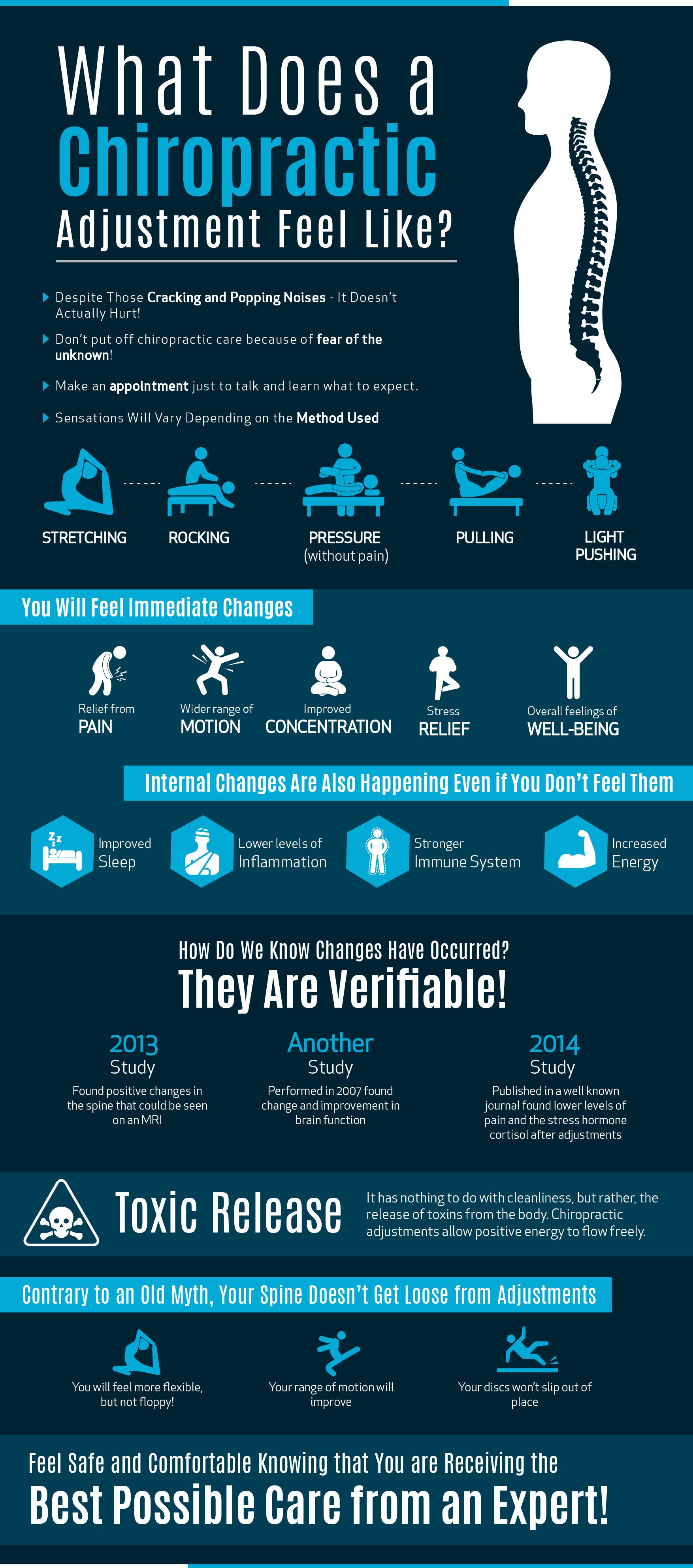The Function Of Cold Laser Therapy In Future Pain Management
The Function Of Cold Laser Therapy In Future Pain Management
Blog Article
Composed By-
As you check out the future of pain monitoring, cold laser therapy attracts attention as a promising alternative. This non-invasive strategy makes use of details wavelengths of light to promote healing and decrease inflammation. You're likely asking yourself exactly how it works and what the latest research discloses about its efficiency. The capacity for personalized therapy plans could change the landscape of discomfort relief dramatically. What implications might this have for your method to handling discomfort?
Comprehending Cold Laser Treatment: Mechanisms and Applications
When you discover cold laser therapy, you'll find it operates by releasing low-level laser light to promote recovery at a mobile level. This non-invasive strategy motivates cells to create energy, advertising cells fixing and reducing swelling.
You may locate it especially beneficial for chronic pain, soft cells injuries, and various musculoskeletal conditions. As you learn more, you'll see that cold laser treatment penetrates the skin without damaging it, targeting the hidden cells directly.
People often report minimal discomfort, with lots of experiencing a sense of relaxation throughout the therapy. By including this therapy right into your discomfort monitoring routine, you might enhance your body's natural recovery processes and boost your overall well-being.
Recognizing https://www.vogue.com/article/beauty-tech-at-home-devices and applications can encourage your trip towards recovery.
Proof and Performance: What Research Shows
While research on cold laser therapy is still developing, various studies have demonstrated its efficiency in numerous applications.
You could locate it interesting that professional trials show considerable reductions suffering for conditions like joint inflammation, tendonitis, and repetitive strain injury. The therapy advertises recovery by boosting cellular feature and minimizing inflammation, resulting in quicker recuperation times.
laser to quit smoking reviews of people report enhanced movement and reduced dependence on discomfort medications after therapy. In tattoo removal stamford , research studies recommend cold laser treatment can be advantageous in managing chronic discomfort, offering a non-invasive alternative.
As you explore the available research study, you'll see that the proof sustains cold laser therapy as an appealing choice suffering monitoring, making it worth considering for your very own treatment journey.
The Future Landscape of Discomfort Monitoring With Cold Laser Treatment
As developments in technology continue to reshape health care, cold laser treatment is poised to play an essential duty in the future of pain management.
You'll find that this ingenious treatment not just lowers pain however additionally promotes recovery without the adverse effects connected with standard approaches.
As more specialists take on cold laser therapy, people like you can anticipate customized treatment strategies that incorporate this method with various other methods, enhancing overall efficiency.
Additionally, continuous research will likely uncover new applications, expanding its usage across numerous problems.
With raised accessibility and acceptance, you'll soon see cold laser treatment coming to be a keystone in pain management, supplying hope and alleviation for those looking for options to typical discomfort relief approaches.
Conclusion
In summary, cold laser treatment is shaping the future of pain management with its non-invasive technique and proven effectiveness. As study remains to introduce its capacity, you'll likely see customized therapy plans that deal with private needs, improving your recovery process. With greater accessibility, this ingenious therapy might come to be a vital device in your journey toward discomfort alleviation and total health. Embracing these developments may bring about a brighter, pain-free future for you and many others.
